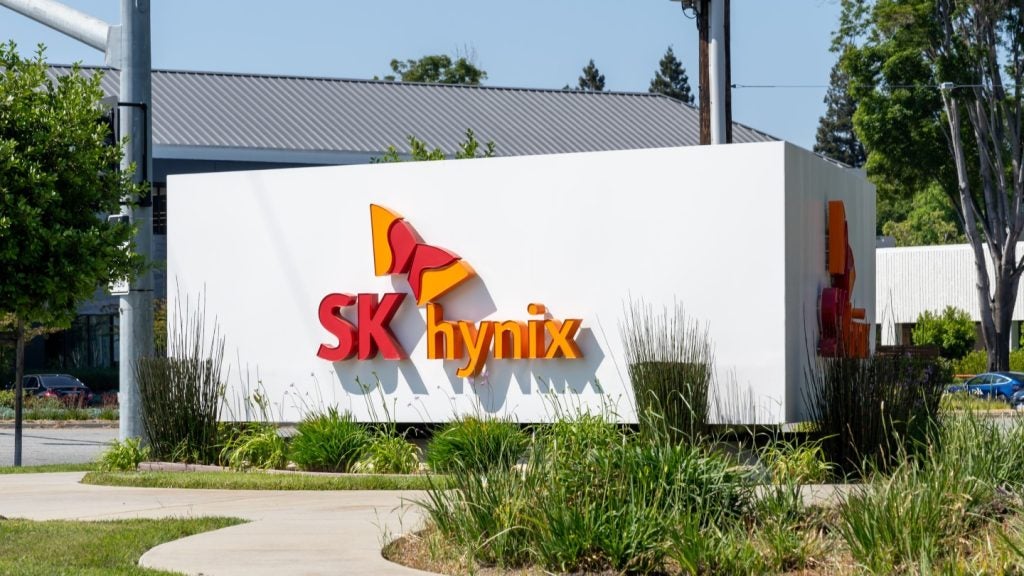Einride has filed a patent for a method of controlling a remotely operated vehicle. The method involves monitoring the latency of a communication link between the vehicle and a remote operation station. If the latency exceeds a predetermined threshold, an emergency stop maneuver is requested. However, if the communication link is recovered within a brake reaction time period, the requested emergency stop maneuver is cancelled. This patent aims to improve the control and safety of remotely operated vehicles. GlobalData’s report on Einride gives a 360-degree view of the company including its patenting strategy. Buy the report here.
According to GlobalData’s company profile on Einride, autonomous traffic control system was a key innovation area identified from patents. Einride's grant share as of September 2023 was 40%. Grant share is based on the ratio of number of grants to total number of patents.
Method for controlling a remotely operated vehicle's emergency stop maneuver
A recently filed patent (Publication Number: US20230249701A1) describes a method for controlling a remotely operated vehicle. The vehicle is operated from a remote operation station through a communication link. The method involves monitoring the latency of the communication link and requesting an emergency stop maneuver if the latency exceeds a predetermined threshold. The requested emergency stop maneuver is cancelled if the communication link is recovered within a brake reaction time period.
The patent claims that the predetermined threshold for latency can vary depending on the current driving scenario. This dynamic threshold allows for more flexibility in determining when an emergency stop maneuver should be requested. Additionally, the requested emergency stop maneuver is cancelled before the vehicle starts decelerating, ensuring a prompt response to the recovered communication link.
The brake reaction time period corresponds to the delay between the moment the emergency stop maneuver is requested and the moment the brake system of the vehicle starts slowing the vehicle down. If the communication link is not recovered within this time period, the requested emergency stop maneuver continues until the vehicle is stationary.
The patent also describes the cancellation of the requested emergency stop maneuver if the communication link is recovered within a second time period following the brake reaction time period. This second time period represents the delay between the moment the brake system starts slowing the vehicle down and the moment it reaches full braking power.
The predetermined threshold for latency is stated to be in the range of 100-1000 ms, while the brake reaction time period is in the range of 150-250 ms. These ranges provide specific parameters for determining when an emergency stop maneuver should be requested and cancelled.
The method involves the control unit of the vehicle sending a request for an emergency stop maneuver to the brake system of the vehicle. The communication link is considered recovered when the latency falls below the predetermined threshold. The communication link can be wireless, and the latency can be continuously monitored within the vehicle.
In addition to the method, the patent also describes a remotely operated vehicle that is configured to be operated from a remote operation station. The vehicle includes a control unit with at least one processor, which is responsible for monitoring the latency of the communication link and requesting and cancelling the emergency stop maneuver.
Overall, this patent presents a method and a remotely operated vehicle that effectively monitor and respond to latency in the communication link, ensuring the safety and control of the vehicle during remote operation.
To know more about GlobalData’s detailed insights on Einride, buy the report here.
Data Insights
From

The gold standard of business intelligence.
Blending expert knowledge with cutting-edge technology, GlobalData’s unrivalled proprietary data will enable you to decode what’s happening in your market. You can make better informed decisions and gain a future-proof advantage over your competitors.







